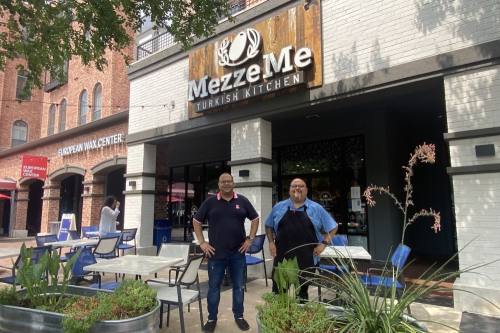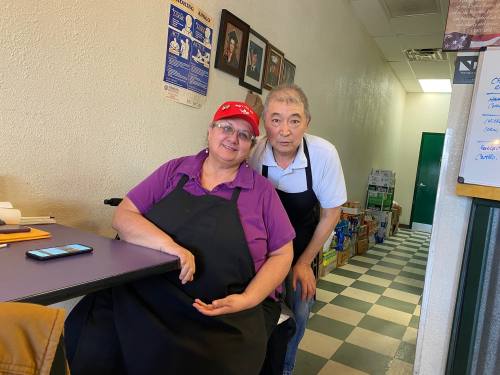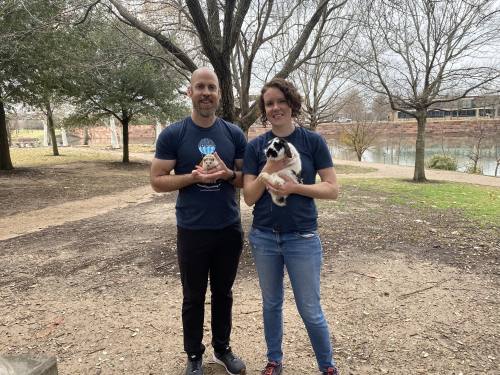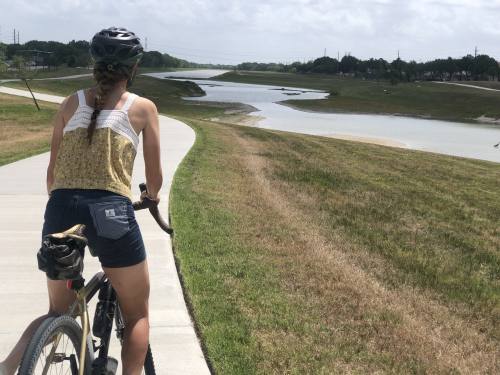South Central Austin
Tesla to lay off 2,688 Austin-area employees
Almost 2,700 Austin-based Tesla employees will be laid off as part of the automaker's move to cut 10% of its global workforce, an April 22 Worker Adjustment and Retraining Act, or WARN, notice, revealed.




















 Be the reader to
Be the reader to 